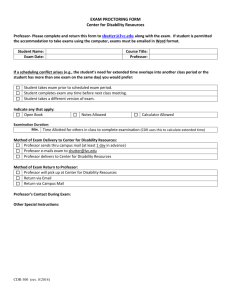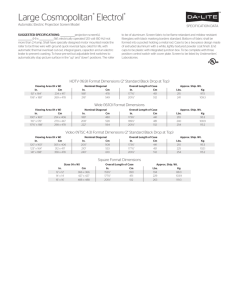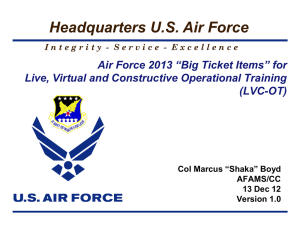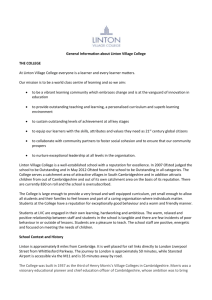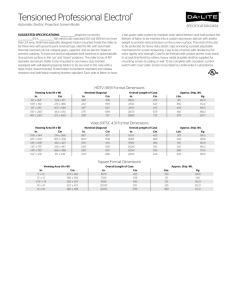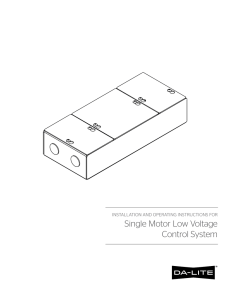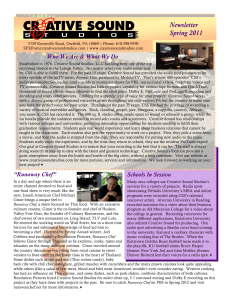2014 Abstract Guidelines
advertisement
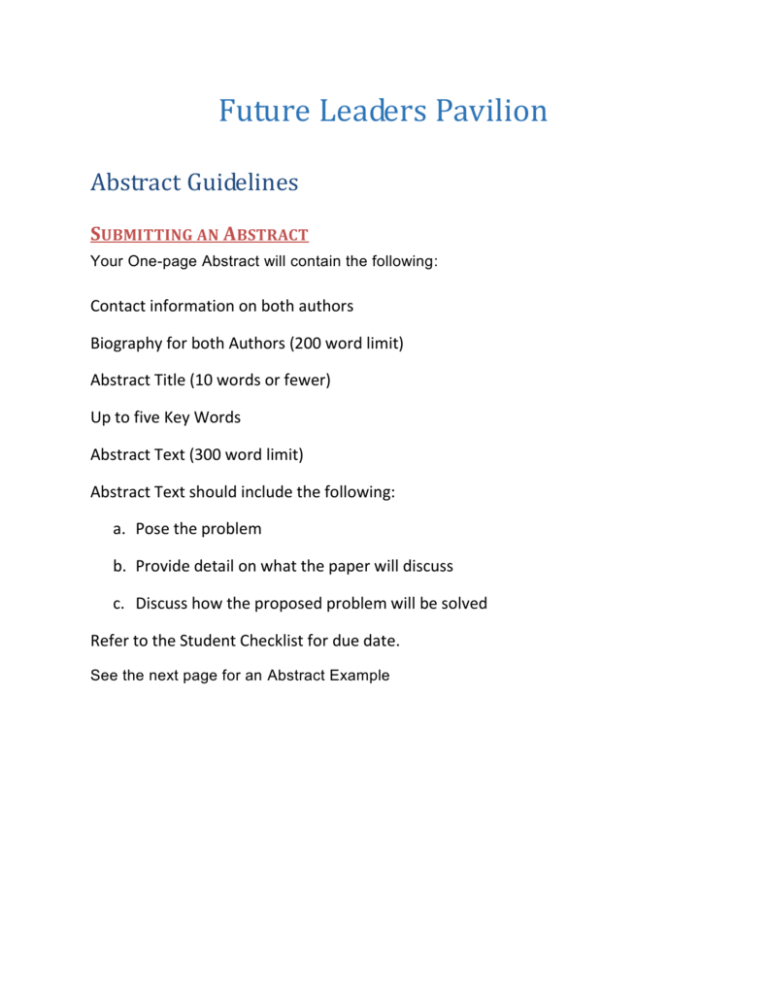
Future Leaders Pavilion Abstract Guidelines SUBMITTING AN ABSTRACT Your One-page Abstract will contain the following: Contact information on both authors Biography for both Authors (200 word limit) Abstract Title (10 words or fewer) Up to five Key Words Abstract Text (300 word limit) Abstract Text should include the following: a. Pose the problem b. Provide detail on what the paper will discuss c. Discuss how the proposed problem will be solved Refer to the Student Checklist for due date. See the next page for an Abstract Example WRITING A GOOD ABSTRACT The content of the abstract is very important. Remember, your abstract is all the evaluation members have to determine if your proposed presentation will meet the criteria for acceptance. It is your first impression, so make it count. A good abstract includes each of the following: 1. Provides top-level detail on what problem(s) and solution(s) the paper will discuss 2. Discusses data sources or data sets that will be presented in the paper to justify your conclusions 3. Provides an idea of the types of lessons learned from your process or data findings. POSES THE PROBLEM The development and execution of mixed architecture, Live, Virtual and Constructive (LVC) environments poses many challenges (e.g. employing some combination of DIS, HLA, TENA and CTIA). The LVC Architecture Roadmap (LVCAR) initiative was established to document these challenges. One key finding addressed the need to gain cross-community agreement on the format and content of object model data. Further, LVCAR recommended that agreements on object model content occur at the atomic-level and tools and techniques be developed to support the assembly of object models from object model components. PROVIDES DETAIL ON WHAT THE PAPER WILL DISCUSS This paper reports on the progress of a pathfinder project in addressing this problem, called the Joint Composable Object Model (JCOM), which describes an object model composability approach. There are three aspects to the proposed solution. First, a technical framework that formalizes conceptual modeling in a manner that related the description of warfighter missions to what An LVC environment must support is outlined. This formalization of conceptual modeling provides a method to define LVC system functionality in a way that enables object model component composition via mission threads (e.g. Joint Close Air Support (JCAS). Time Sensitive Targeting (TST), and Consequence Management), organizing the conceptual model content while making them relevant to warfighters. Second, since agreements on object model and content are easier to achieve at a finer granularity, an approach that relates object model fragments to the conceptual model through the use of descriptive metadata is addressed. Metadata descriptions provide the method and semantic content required to relate the various object model components, and support object model assembly. DISCUSSES HOW THE POSED PROBLEM WILL BE SOLVED Finally, the paper presents an architecture independent object model format as both a method and technology to enable effective composability. This is critical to enable reuse of assets in mixedarchitecture LVC environments. ACCESS WWW.IITSEC .ORG – AUTHORS/SPEAKERS – FOR A BSTRACT EXAMPLES
